O Christmas Tree…
In French, the name of the familiar Christmas carol is (translated) “My beautiful fir, king of the forests”. Why such praise?
If you choose a natural tree at Christmastime, chances are it’s a balsam fir (Abies balsamea), as its needles stay on the tree for a long time after it’s cut. Let’s take a closer look at this wonderful-smelling tree which has for so long been part of our winter festivities.
Of the various species of fir which grow in North America, the balsam fir is the most common in Eastern Canada. In Quebec, it lives in the boreal forest as far north as Ungava, reaches 20 metres in height and can live 150 years.
It can be distinguished from other coniferous species by its flattened needles; their undersides are marked with two whitish lines and they grow right out from each branch. The tree’s cones grow vertically on branches exposed to sunlight. The bark of young fir trees is sprinkled with protruding droplets filled with sap: the famous balsam gum which is also called Canada balsam.
The First Nations people rapidly identified the many properties of the balsam fir. From their rich knowledge, we can learn that the buds and young sprouts of this tree can be eaten in a salad, that its resin has antiseptic properties and that decoctions made with fir needles or sap are rich in vitamin C. Nowadays, we use its wood as timber and to make paper, soaps, glues and perfumes. Most Christmas trees come from industrial plantations.
Balsam fir is on the menu for moose, which eat its branches; for ruffed grouse and Canada grouse, which peck at its seeds; for red squirrels who store its cones for their larder; and for the infamous spruce budworm which, in contrast to what its name would have you believe, prefer the fir’s tender buds to those of spruce. These insects, in turn, feed masses of forest birds.
When the winter solstice comes and you hear “O Christmas Tree” – or perhaps “Mon beau sapin” – you’ll know why this pillar of the forest ecosystem merits having a carol praising its virtues.
More from this author by clicking on his photo below.


Jacques Prescott131 Posts
Jacques Prescott est biologiste, professeur associé à la Chaire en éco-conseil de l’Université du Québec à Chicoutimi. Spécialiste de la biodiversité et du développement durable, il est l’auteur de nombreux livres et articles sur la faune et la conservation de la nature. Il nous fait l’honneur de rejoindre notre équipe de collaborateurs et signera chaque mois une chronique intitulée Faune et flore. / Jacques Prescott is a biologist, associate professor with the Chair in Eco-Counselling of the Université du Québec à Chicoutimi. A specialist in biodiversity and sustainable development, he is the author of numerous books and articles about wildlife and nature conservation. He has honoured us by joining our team of contributors and will write a monthly column entitled Wildlife and Habitat.
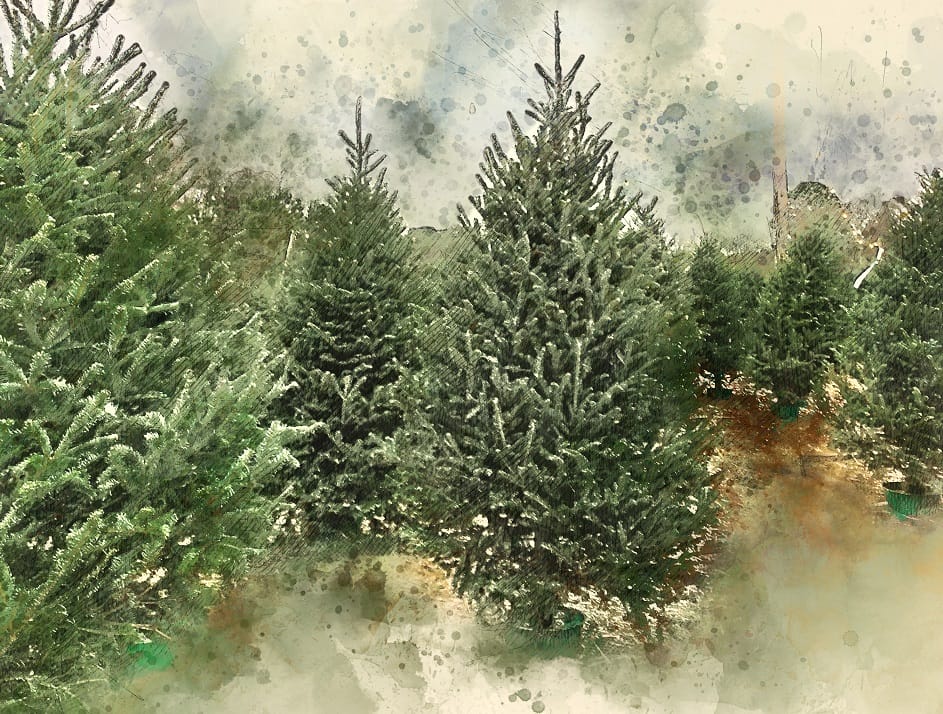


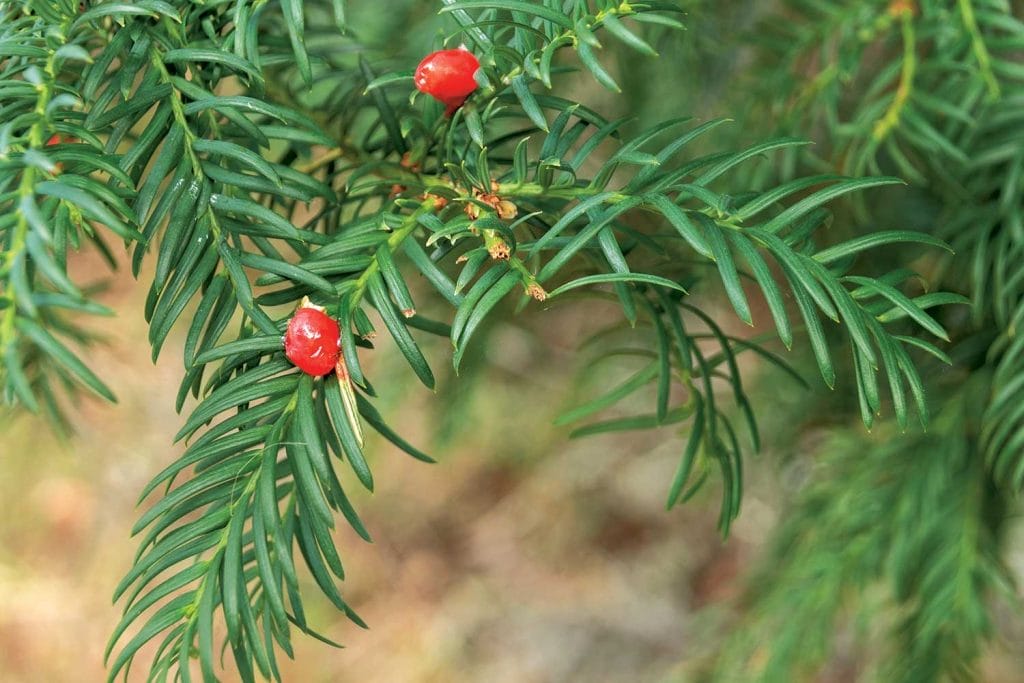
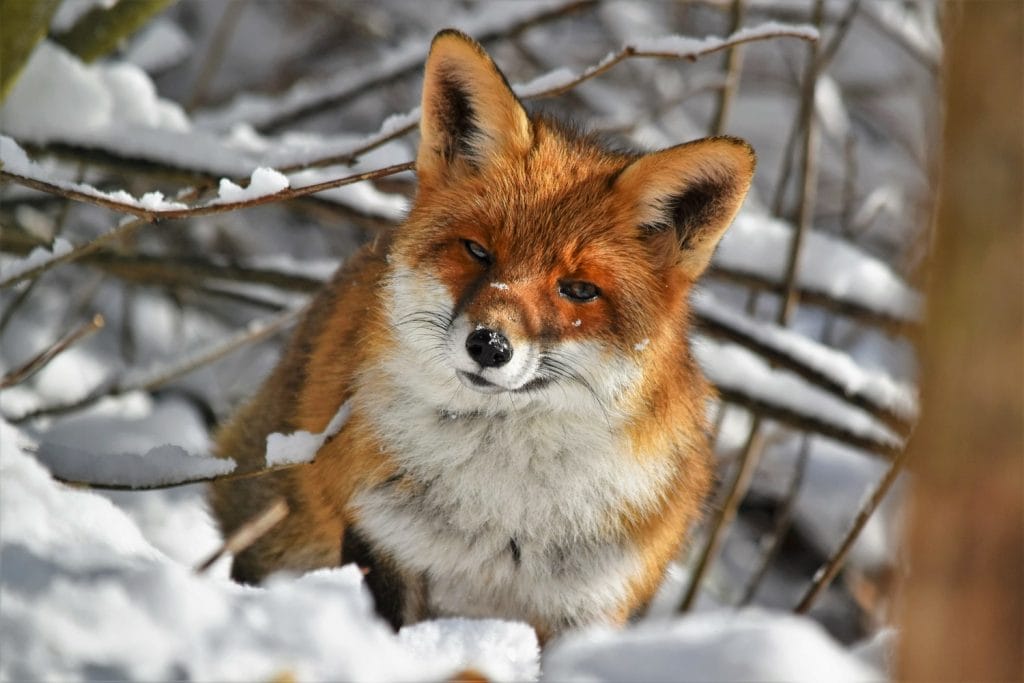
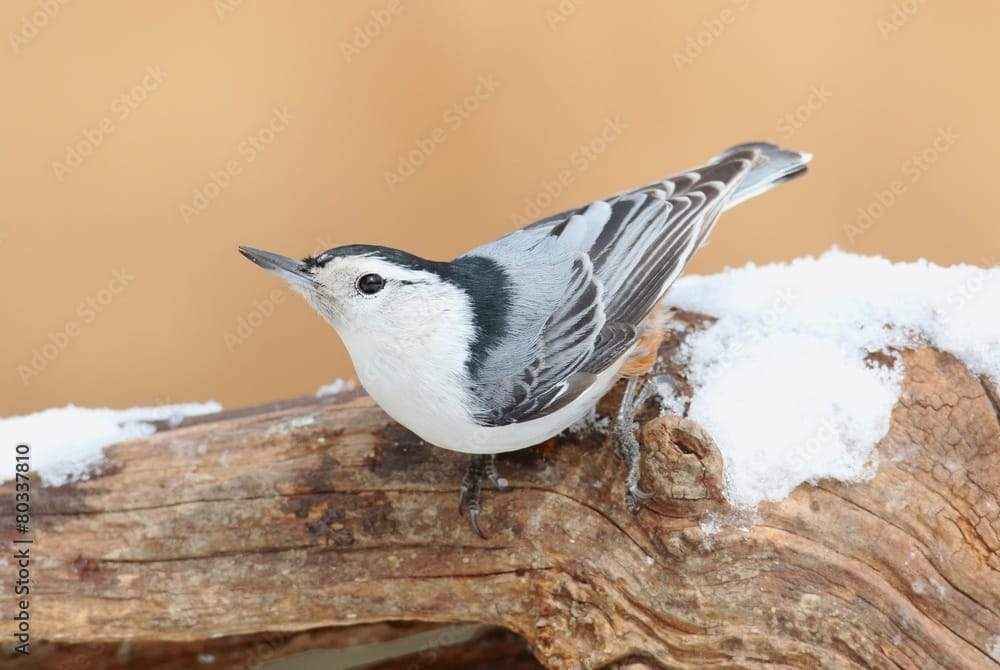
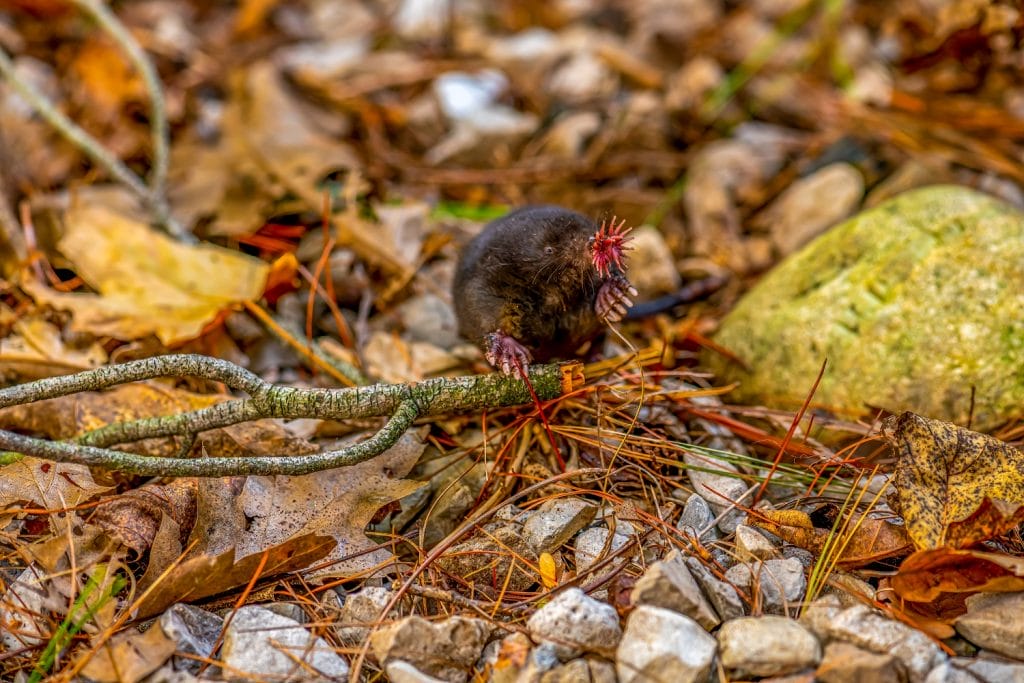

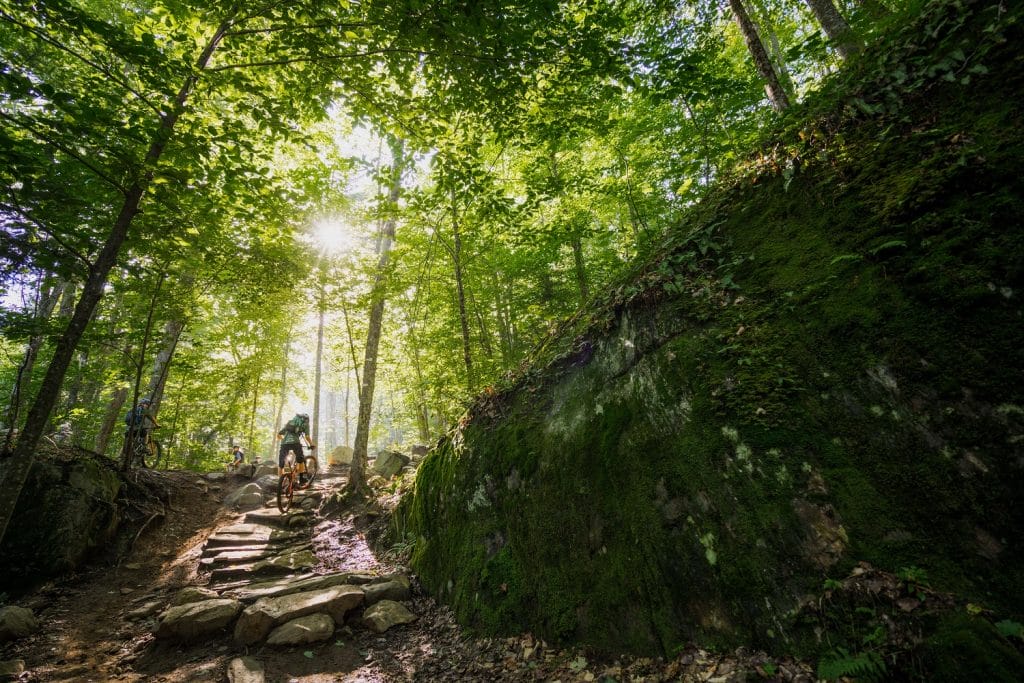

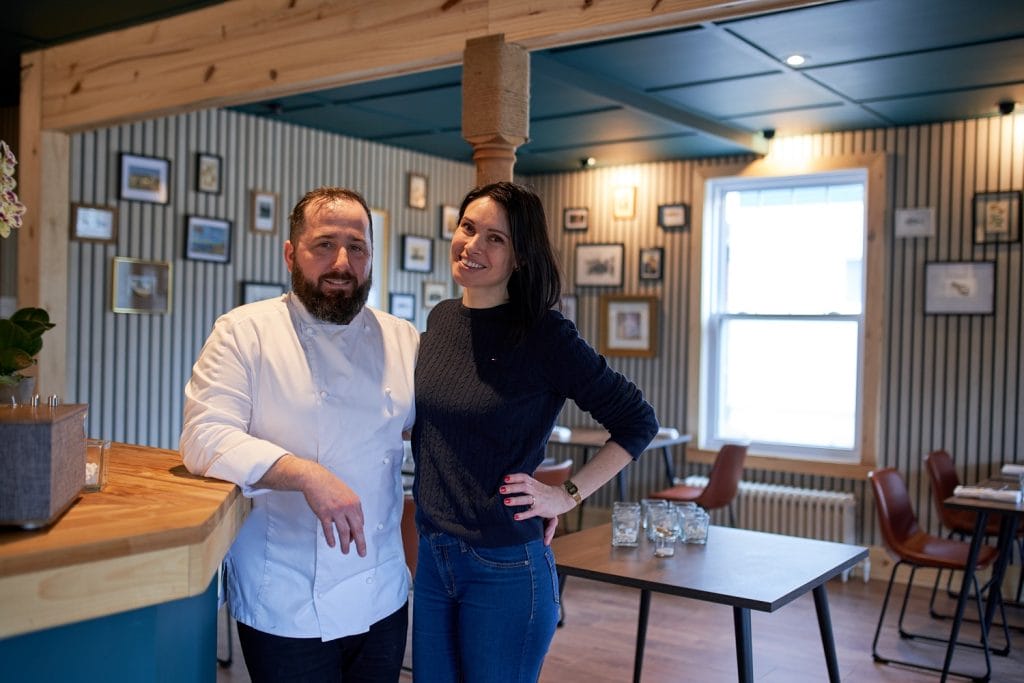

0 Comments